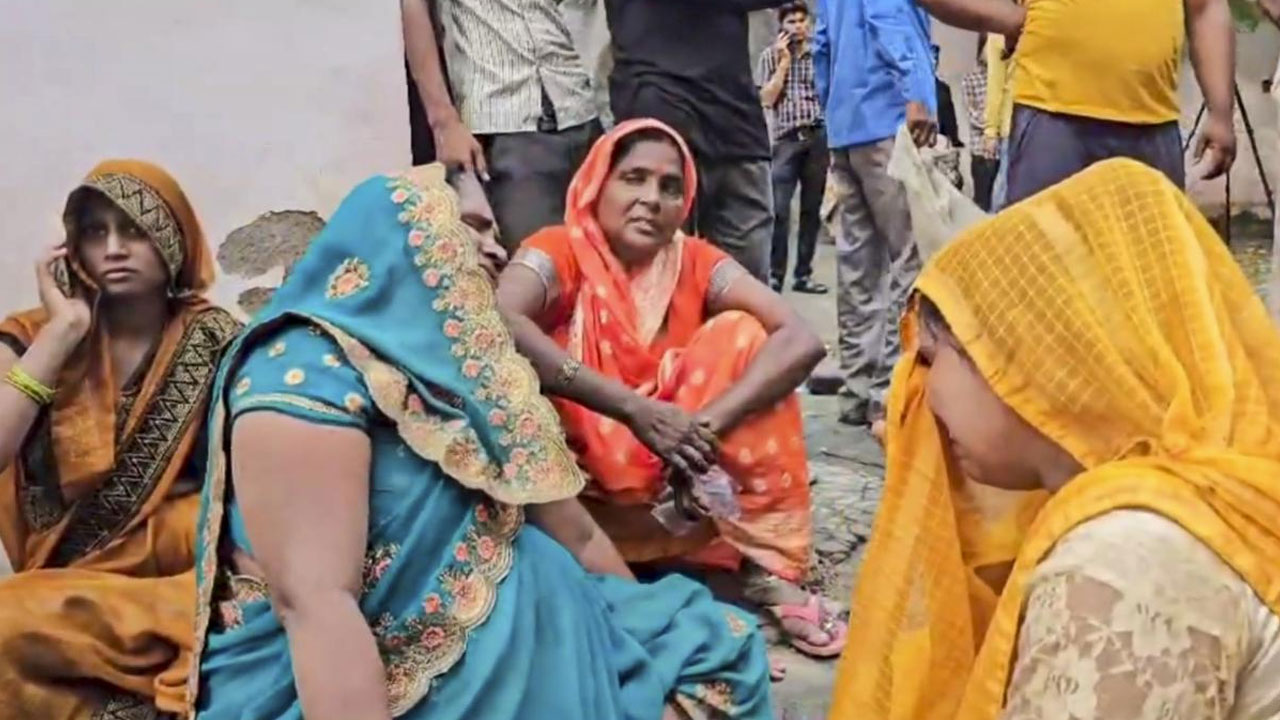 Facebook has been abuzz with a viral celebration of late. At the centre of it is an app that tells you with the click of a button which among the Mahabharata characters you are. This social media quiz has struck a chord with the buffs irrespective of caste, creed, race and language. On the surface, it all looks like an innocuous pastime. But tear open the camouflage and you will see a deep psychological “micropolitics” operating subtly.
Facebook has been abuzz with a viral celebration of late. At the centre of it is an app that tells you with the click of a button which among the Mahabharata characters you are. This social media quiz has struck a chord with the buffs irrespective of caste, creed, race and language. On the surface, it all looks like an innocuous pastime. But tear open the camouflage and you will see a deep psychological “micropolitics” operating subtly.
The results of the “Which Mahabharata character are you?” app would have carried more weight if the personality of the participant had been tested using the kind of likes, comments and shares they have made. But the bigger issue at hand is the pool of the Mahabharata characters available. One of the well-known characters of Krishna, Duryodhana, Karna, Yudhisthira, Arjuna, Shakuni, Bhishma, Dhritrashtra, Dhronar, Ekalavya, Kunti, etc is trotted out when someone clicks the button.
The motive here seems to be just to re-establish the myth that only these characters are synonymous with the epic. It militates against the alternative perspective that seeks to turn one’s attention to the characters other than the mostly talked-about ones, thereby retaining the mainstream consciousness of the popular characters.
The moment one mentions Mahabharata, only the popular characters come to mind while, in fact, the epic is incomplete without the lesser mortals who have been left out of its pages. Not many know about Aravan and Barbareek, who are integral to the folk versions, or about the tribal characters Hidimbi, Ulupi, Gadothgaja, Babruvahana and Chithrasena, or about the transgenders Amba, Ambika and Ambalika, or about Shalya and Athiratha, the characters of marginalized sections, or about Vidura, caught between dharma and power, or about Kripachariar and Balarama, or about the valiant heroes of small provinces – Sathyaki, Kritavarma, Jayadratha and Bhurishravas.
This Facebook app serves to perpetuate the impression already etched in the mainstream collective consciousness that only a few grand personages make up the epic. In fact, behind this Facebook game is a hidden political viewpoint that is dead against the plurality of India, its diverse arts and cultures, and that is hell-bent on creating a linear, nationalistic mindset.
The psychological politics, which is an extension of this single-point perspective, is lethal. India abounds in languages and cultures that have their own literature, art and folktales. The mind of a person who has grown up close to his roots is brimming with stories that have been passed down from generation to another. Whenever he hits a rough patch, he impulsively turns to this repertoire of folktales to console or distract himself. For example, in Tamil Nadu, the cultural icon Kannaki’s tragic tale is usually cited as an inspiration whenever a woman has to endure the pain of her husband leaving her for someone else.
Facebook’s “Which Mahabharata character are you?” app is just the tip of the iceberg when it comes to the sinister use of technology to rid the mind of its rich cultural influences. This leads to a suspicion that behind the façade of “just for fun”, there is “micropolitics” – in this case, a hidden agenda to construct the image of Hindutva in the human mind in place of an imagination forged by regional cultural and artistic icons, ideas, and folk art and literature.
The Tamil language has a history spanning more than 2000 years but the contemporary literature, shorn of its colourful folktales, reads dry. Except “Silapathikaram”, which has withstood the onslaughts of time, all folktales such as “Nallathangal” and “Mariyathai Raman” have vanished into thin air. The modern literary figures have created an environment which has made it ridiculous to speak about the great Sangam literature and which celebrates only the Western ideologies and Western literature.
All this is a fallout of the game – not just the Facebook app but the larger game of micropolitics. Its technological tentacles, inhuman and evil, are tightening their grip over the ancient arts and cultures of every linguistic group.
Published in the October 2015 issue of the FORWARD Press magazine





